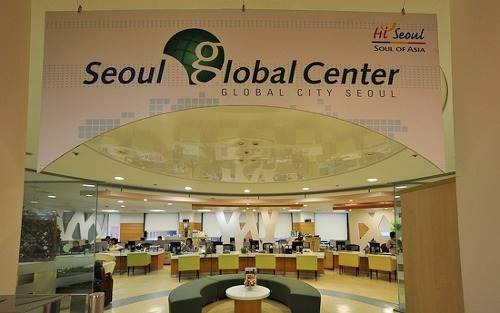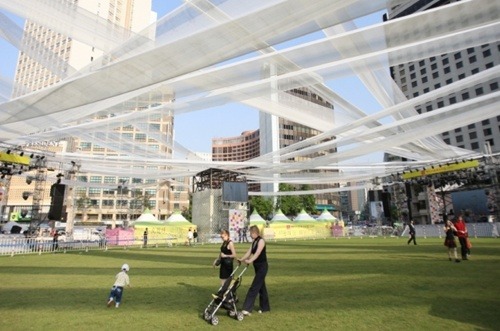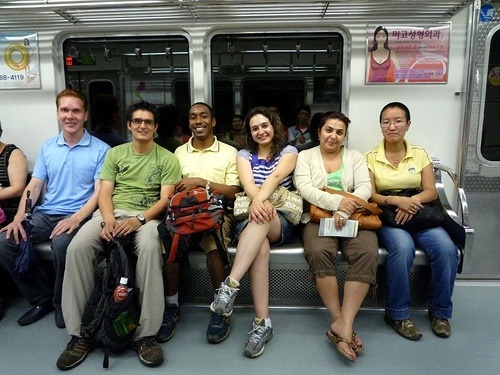According to the recent statistics of the Seoul Metropolitan Government, the number of foreign residents of Seoul is estimated at around 250,000, taking up 2.5% of Seoul’s total population.
This is an increase by 100,000 people within the last 3 years – a stupendous increase, indeed. This signifies just how fast Seoul is turning into a global and multicultural city.
Then how satisfied are the over 250,000 international residents living in Seoul?
According to the survey conducted in November 2009 on foreigners who had been living in Seoul for more than one year, their degree of satisfaction scored 3.8 out of 5 points, which is an increase for three consecutive years.

But of course, there are things to be improved. To that end, Seoul city has launched the “Happy City Project” which includes various support programs for foreigners in communication, multiculturalism, solving everyday problems and obstacles, and so on.
The project focuses on 15 foreigner-dense areas designated as “Global Zones” which include the Seoul City Hall area, Yeoksam, Samsung, Yeouido, Ichon, Itaewon, Hannam, Yeonnam, Seorae Village, Myeongdong, Insadong, Namdaemun, Dongdaemun, etc.
Also, the construction of the “Global Cluster Building” will begin in May, which will include a one-stop help center for foreigners and chamber of commerce offices of various countries.
The “Global Business Help Center” will open in mid-May in COEX with the aim to help foreigners set up small to medium-sized businesses in Korea. And the on-site consultation service, where a batch of staff visits areas with high concentrations of foreigners, will be further streamlined.

Last January, 14 additional multicultural family support centers opened in Seoul, which makes a total of 20 such centers. A web site (http://mcfamily.seoul.go.kr) designed to provide information on Seoul city and job vacancies for foreign spouses was launched in five languages including Chinese, Japanese, Vietnamese, English and Korean.
A support center for migrant workers has also been operating, providing Korean-language classes that put focus on industrial site-related vocabulary. There is also the International Student Forum, and the foreign students support desks at major universities that provide counseling and information on Korea for international students.

Various cultural performances will take place in Mugyo-dong “Global Street” near the Seoul City Hall, and flea markets for foreigners will be held at the Seoul Folk Flea Market in Sinseol-dong. Furthermore, the Seoul Help Center for Foreigners is going to sponsor 16 foreign community festivals including the Mongolian Naadam Festival and the Irish Folk Dance Festival.
For medical services, the current 11 medical centers for foreigners will be expanded to 17 by 2012, and a Global Open Health Center will be launched in Yeongdeungpo-gu and Geumcheon-gu districts in May, where treatments for pregnant women and infants from multicultural families will be provided.

In terms of public transportation, sign panels will be furnished in a number of foreign languages at every subway station, and so will the Seoul city subway map. Also, 26 administrative forms frequently filled out by foreigners will be translated into Chinese and Japanese in addition to English and Korean. Tax notices, too, will have its contents written in both Korean and English.
Likewise, Seoul city is making efforts to create a truly global Seoul that is a wonderful city not only for Koreans, but for all the foreign residents and visitors in it as well!
original post from, http://blog.naver.com/korea_brand/10086193376
Labels: Festivals in Korea, Know Korea, Seoul, visit korea


 Seoul and Its Happy City Project
Seoul and Its Happy City Project


